
Bill Eppridge, one of the greatest photojournalists of his generation and the photographer who famously captured Robert Kennedy’s assassination in Los Angeles in June 1968, died on October 3, 2013. He was 75.
Born in Buenos Aires on March 20, 1938, Eppridge moved with his family to the United States early in his childhood, settling first in Richmond, before moving to Nashville, and finally, Wilmington, Del. He began his long relationship with photography early in life, spurned by an unlikely motivator: sibling rivalry.
“I have this older sister who has always been a very fine artist. She draws, paints, sculpts — and I can’t draw a straight line. I wanted to do something so I could compete with her. So I went to her and asked her to show me how to use a camera,” Eppridge told the Danbury News Times in 2011.
By high school, Eppridge was shooting for his school newspaper and yearbook. By age 15, he earned a spot as a sports photographer at the local paper, the Wilmington Star.
After initially studying archaeology at the University of Toronto, Eppridge transferred to the University of Misssouri’s famed journalism school, where he graduated in 1960.
Upon graduation, Eppridge immediately found good fortune: a photo of his was awarded first prize in the pictorial category of the 1959 NPPA Pictures of the Year competition. Coupled with his achievement of being named the College Photographer of the Year, Eppridge was offered an internship at LIFE — the start of a storied career with the famous magazine.
“Hard to say whether I made luck happen, or whether luck happened to me,” he told the News Times.
His career began to accelerate. One of his early assignments was a nearly year-long, around-the-world story for National Geographic. Afterwards, in 1964, Eppridge joined LIFE‘s ranks full-time as a staff photographer, where he stayed until the magazine ceased publication in 1972.
( Related: Bill Eppridge’s Decades of Photography for LIFE )
Eppridge is remembered for numerous stories he shot for LIFE — but his most recognizable single photo is surely that of a fatally wounded Bobby Kennedy on the floor of the Ambassador Hotel in Los Angeles in June 1968. Felled in a flurry of bullets fired by assassin Sirhan Sirhan, Eppridge’s photograph captured Juan Romero, a 17-year-old busboy at the hotel, as he cradled the dying senator.
“You are not just a photojournalist, you’re a historian,” Eppridge notably recounted when telling the story of those chaotic moments.
Other iconic highlights of Eppridge’s storied career include an assignment to photograph a group of British musicians arriving in the U.S. — the Beatles. Eppridge, who remembers “little girls running down the street with little girls screaming and running after them,” photographed the band during their first days in New York City. When given the opportunity to photograph the band one-on-one for LIFE, John and Ringo asked Eppridge what he’d like them to do.
“I’m not going to ask you to do a thing,” Eppridge replied. “I just want to be there.”
In Life Photographers: What They Saw, Eppridge summed up his philosophy of photography like this: “I think what makes a picture is a moment that is completely spontaneous and natural and unaffected by the photographer.”
Vaughn Wallace is the producer of LightBox. Follow him on Twitter @vaughnwallace.
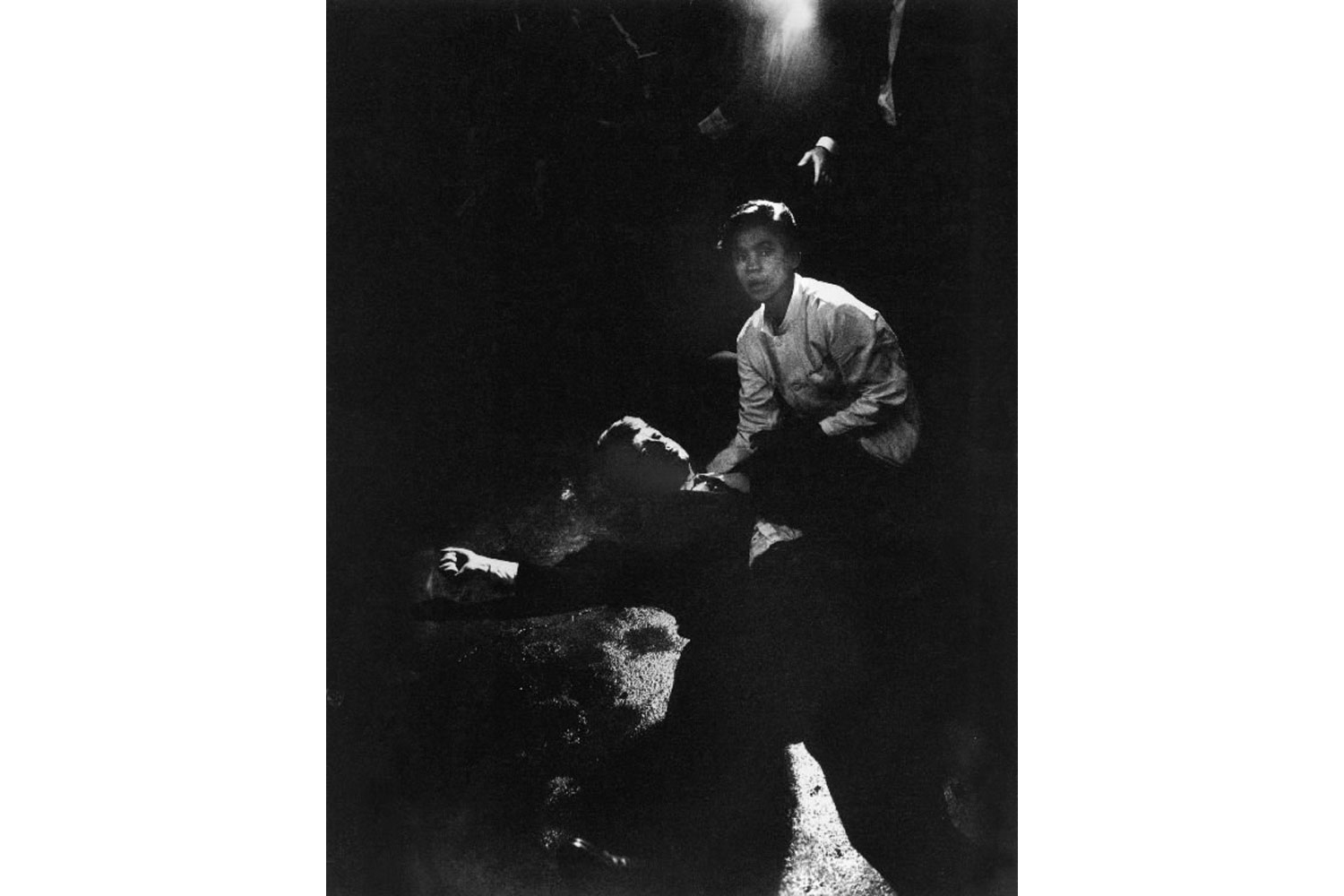

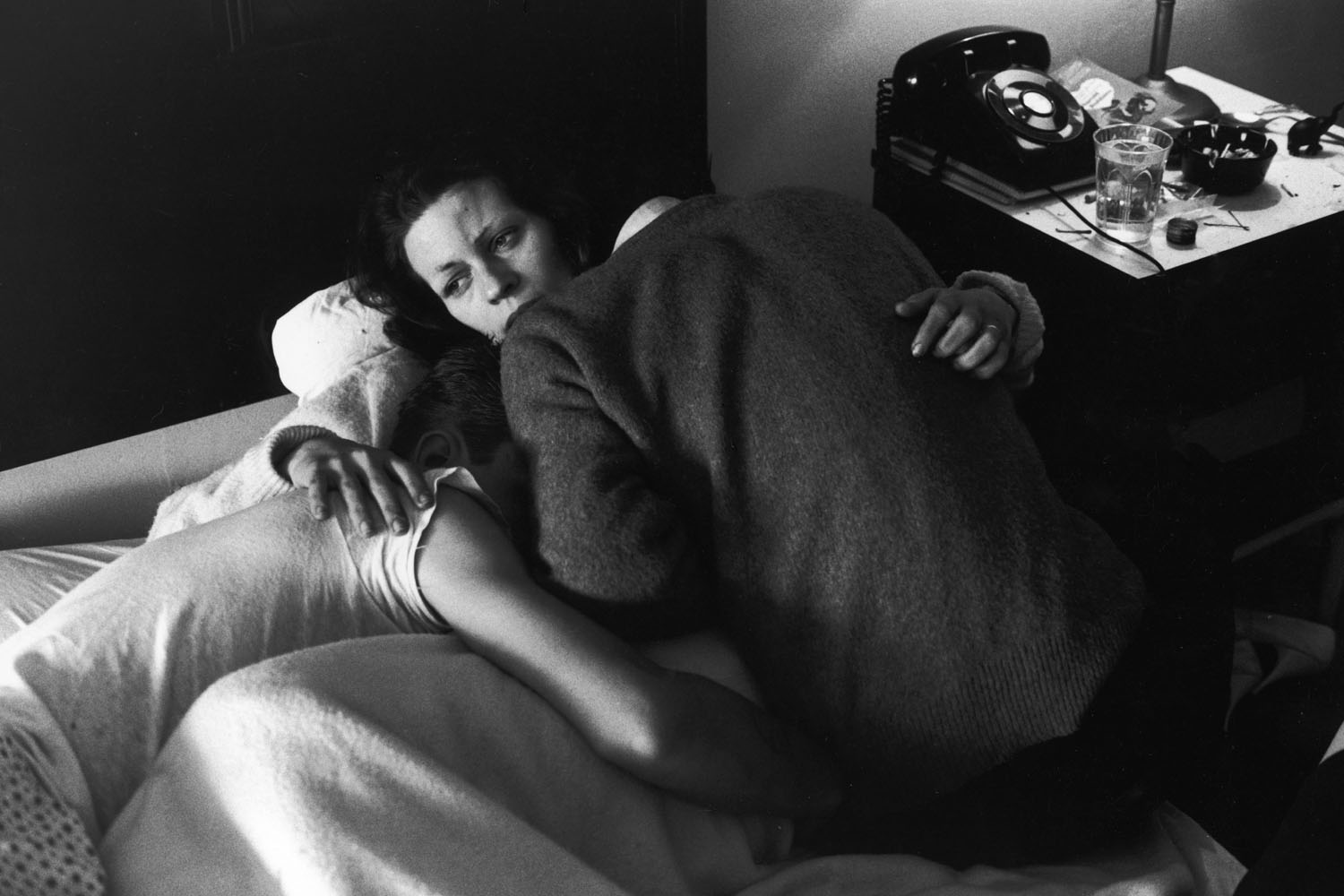

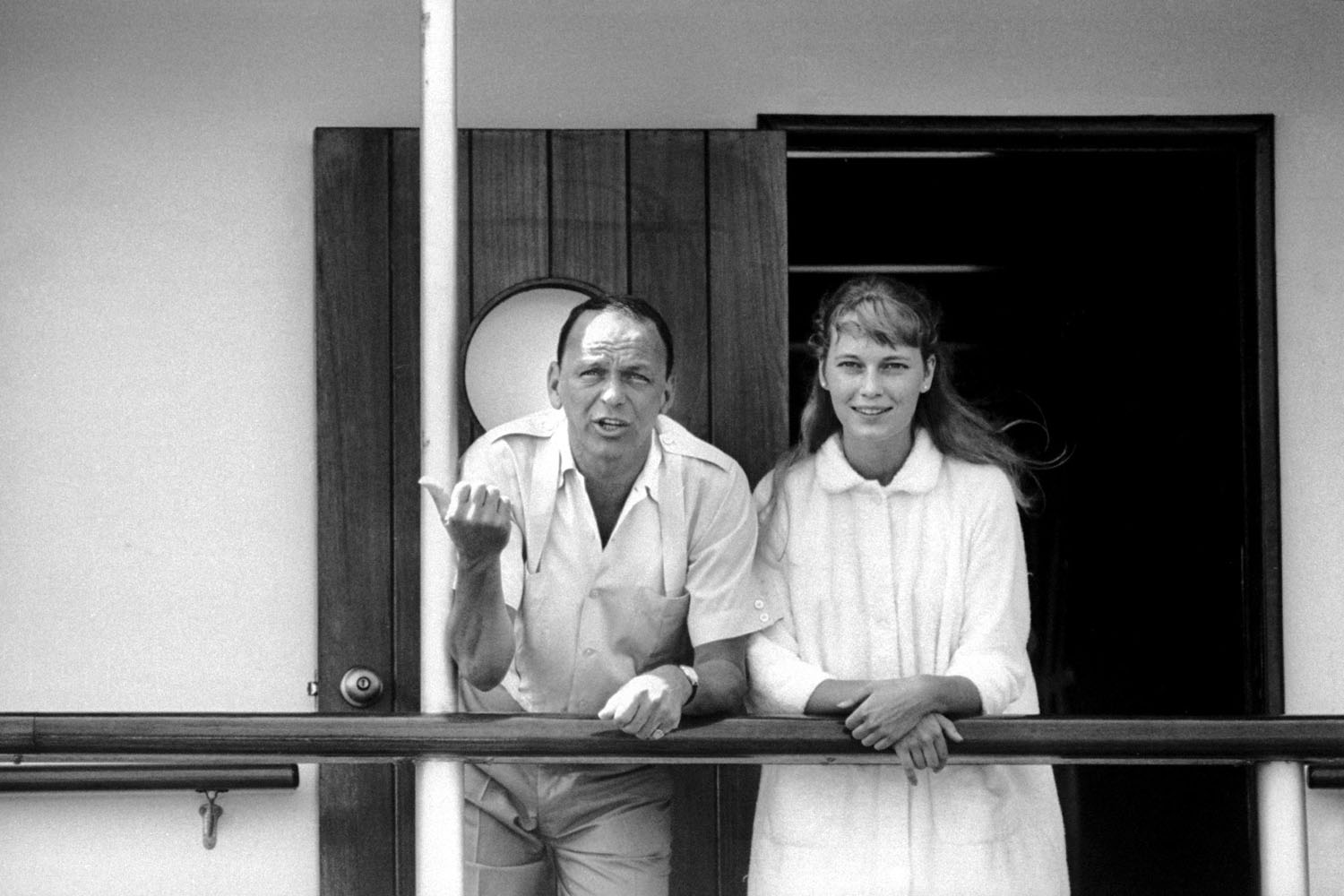
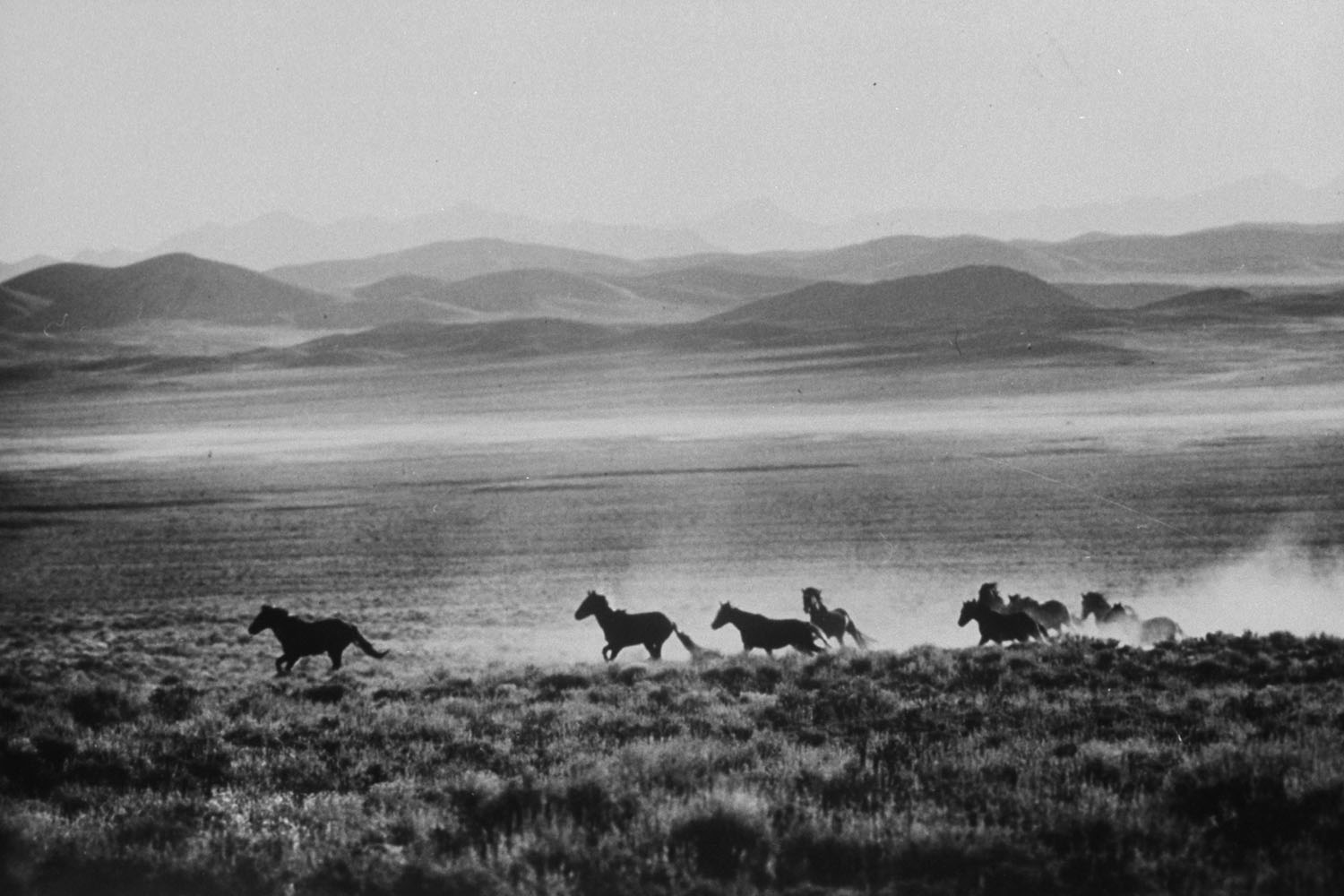
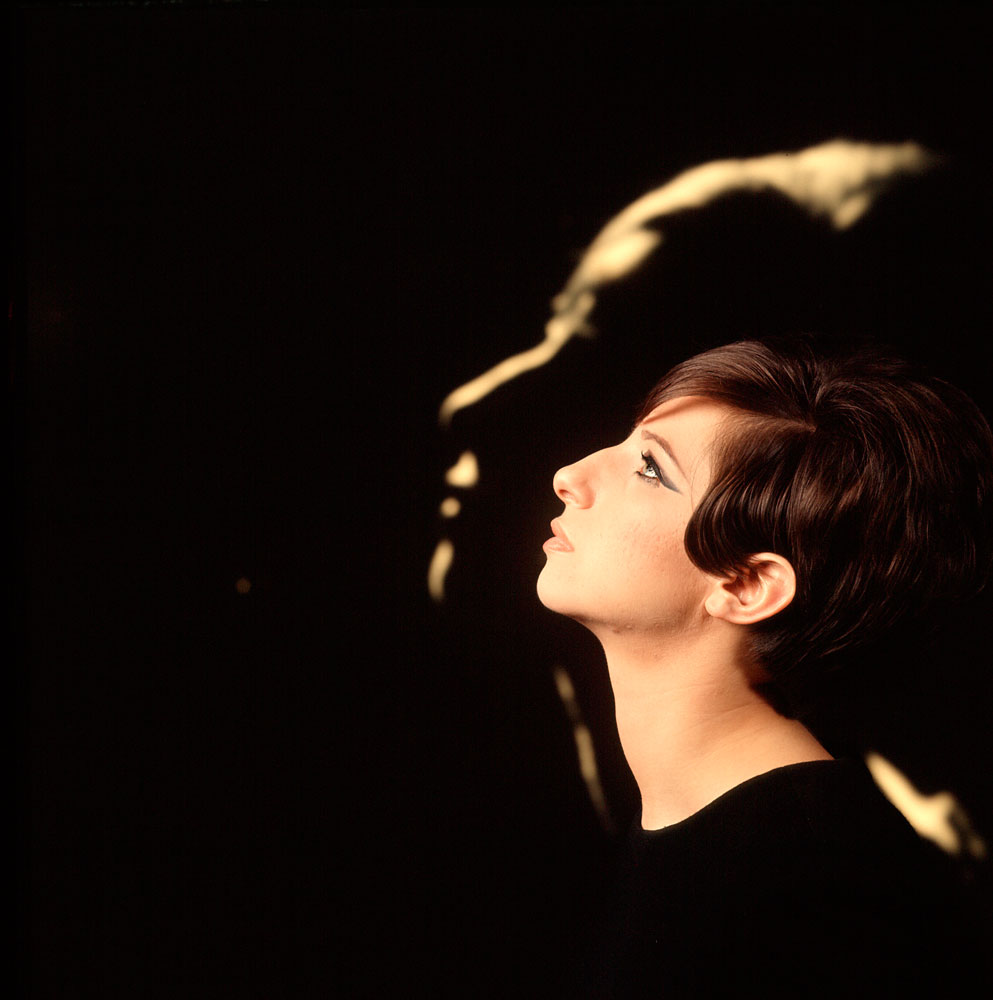


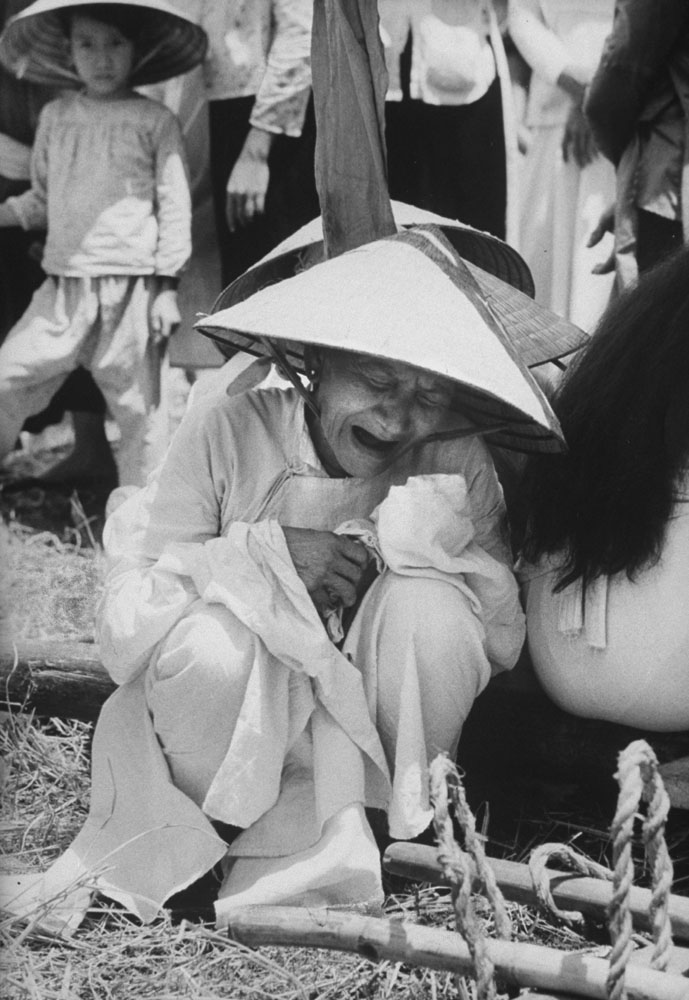
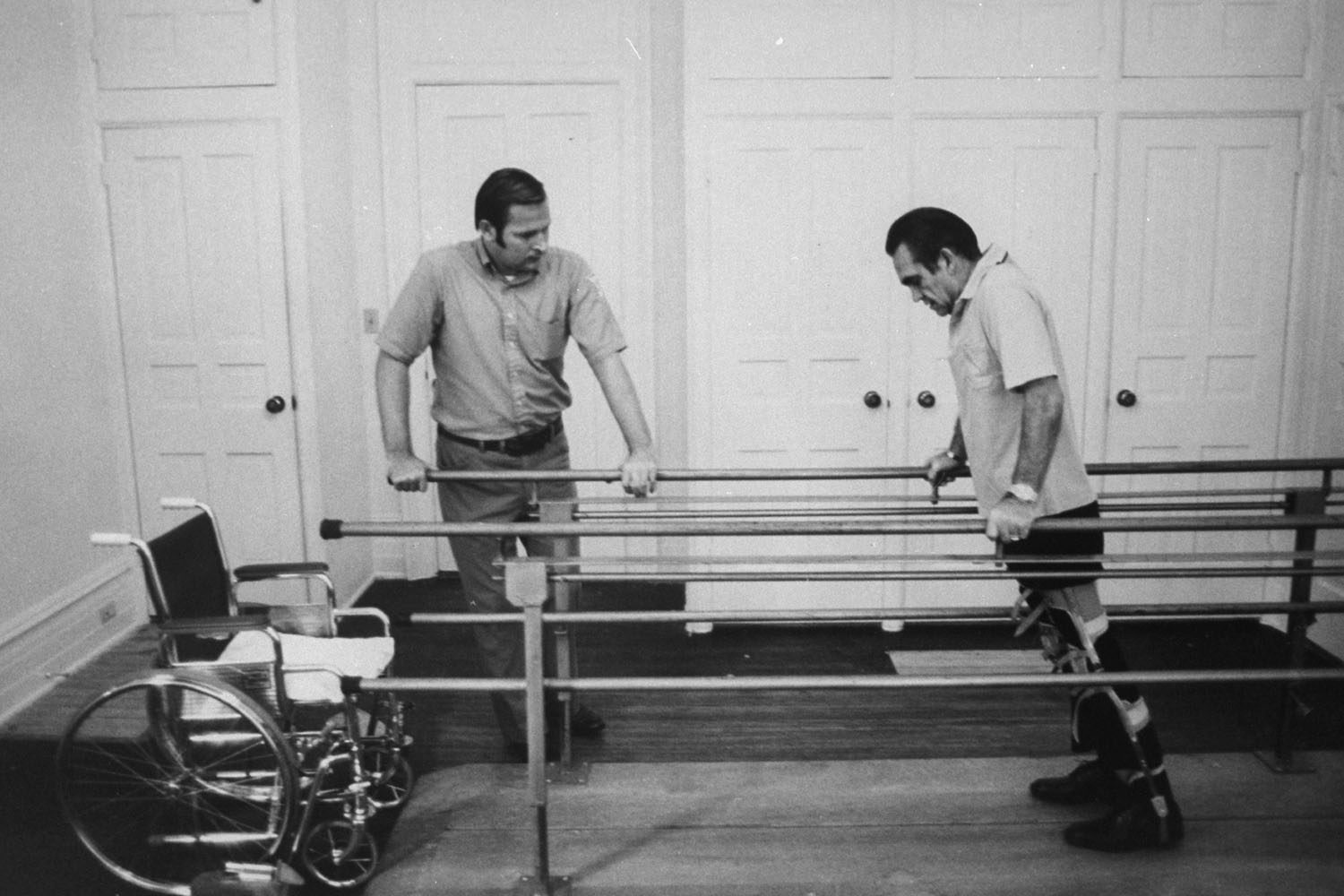
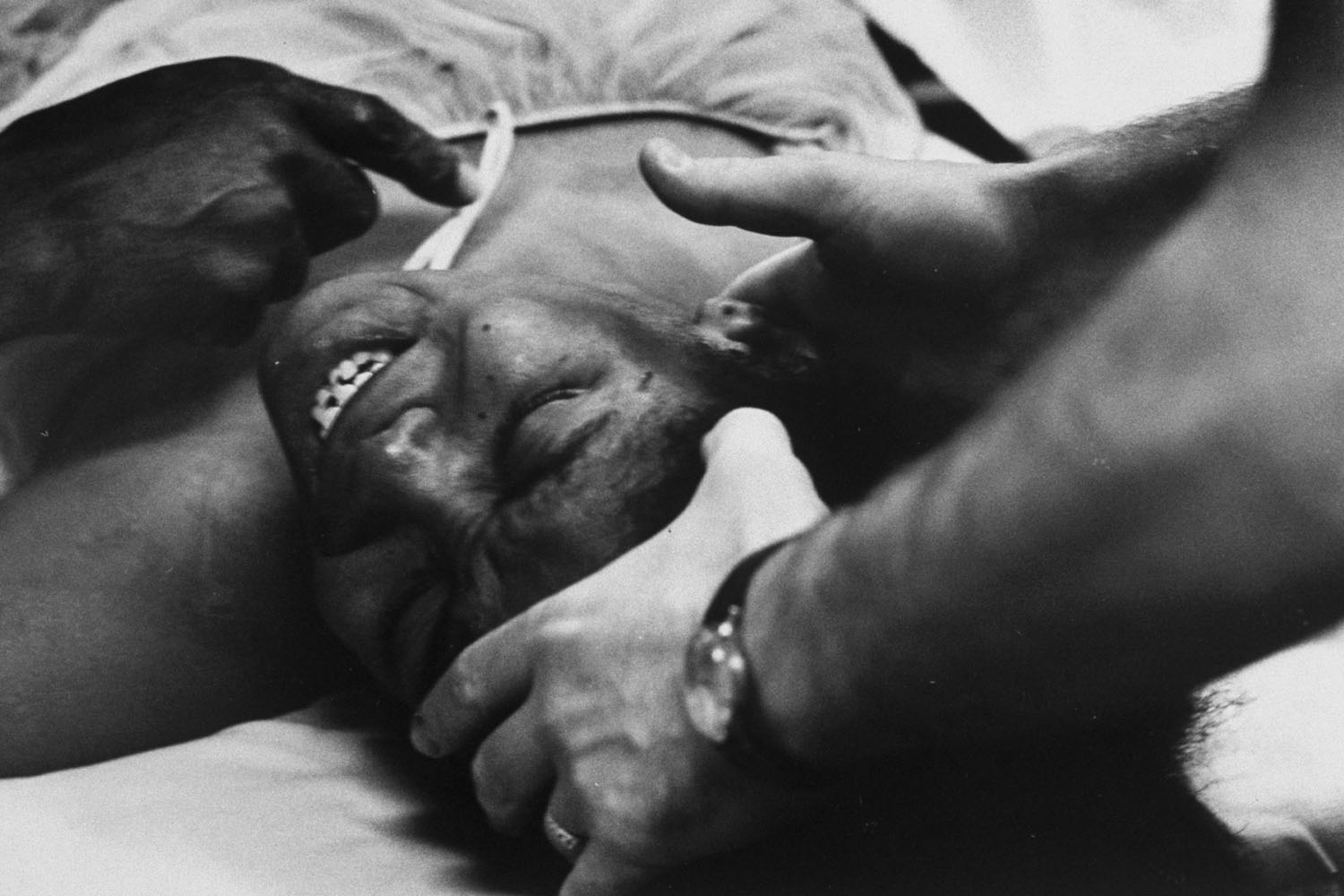

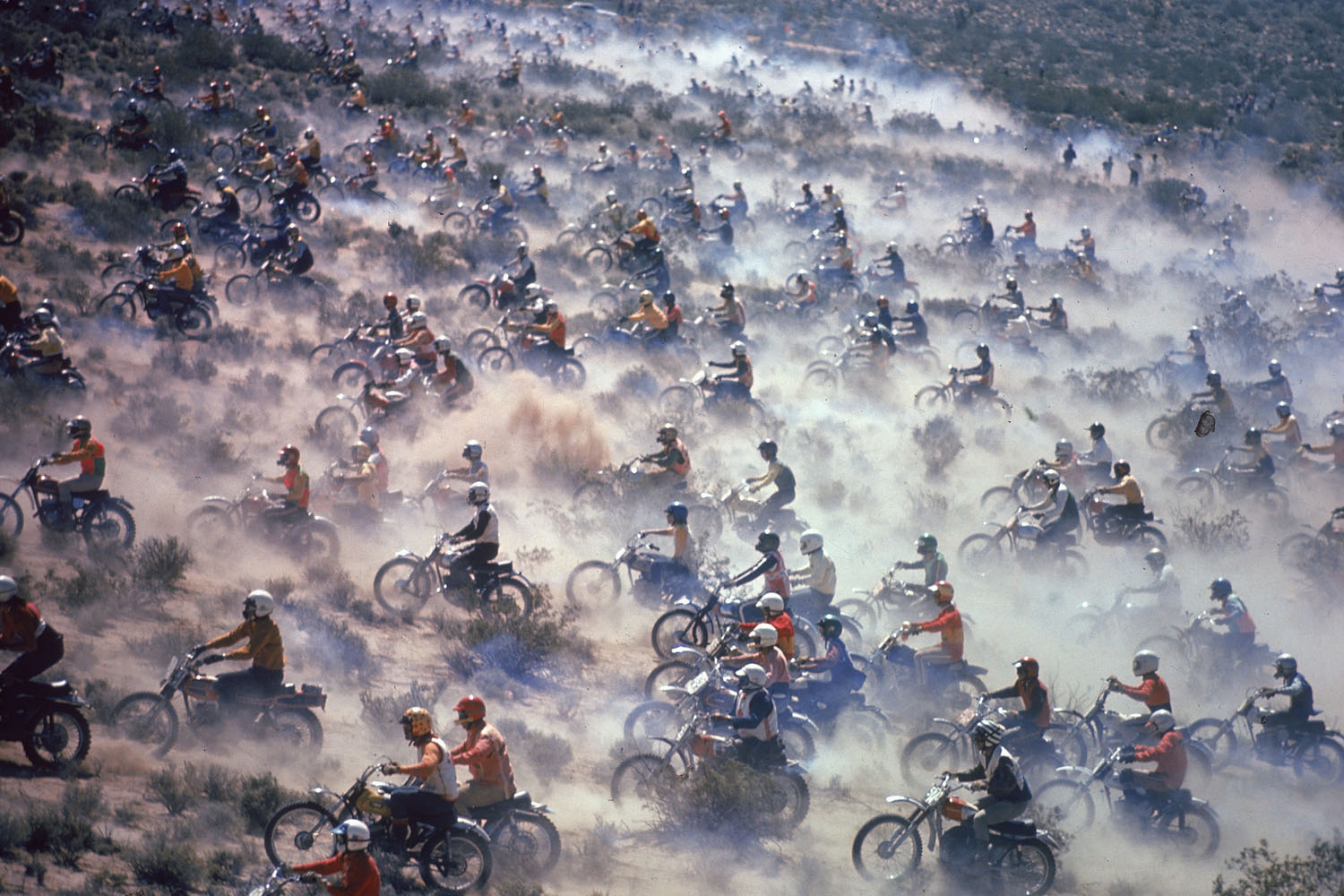

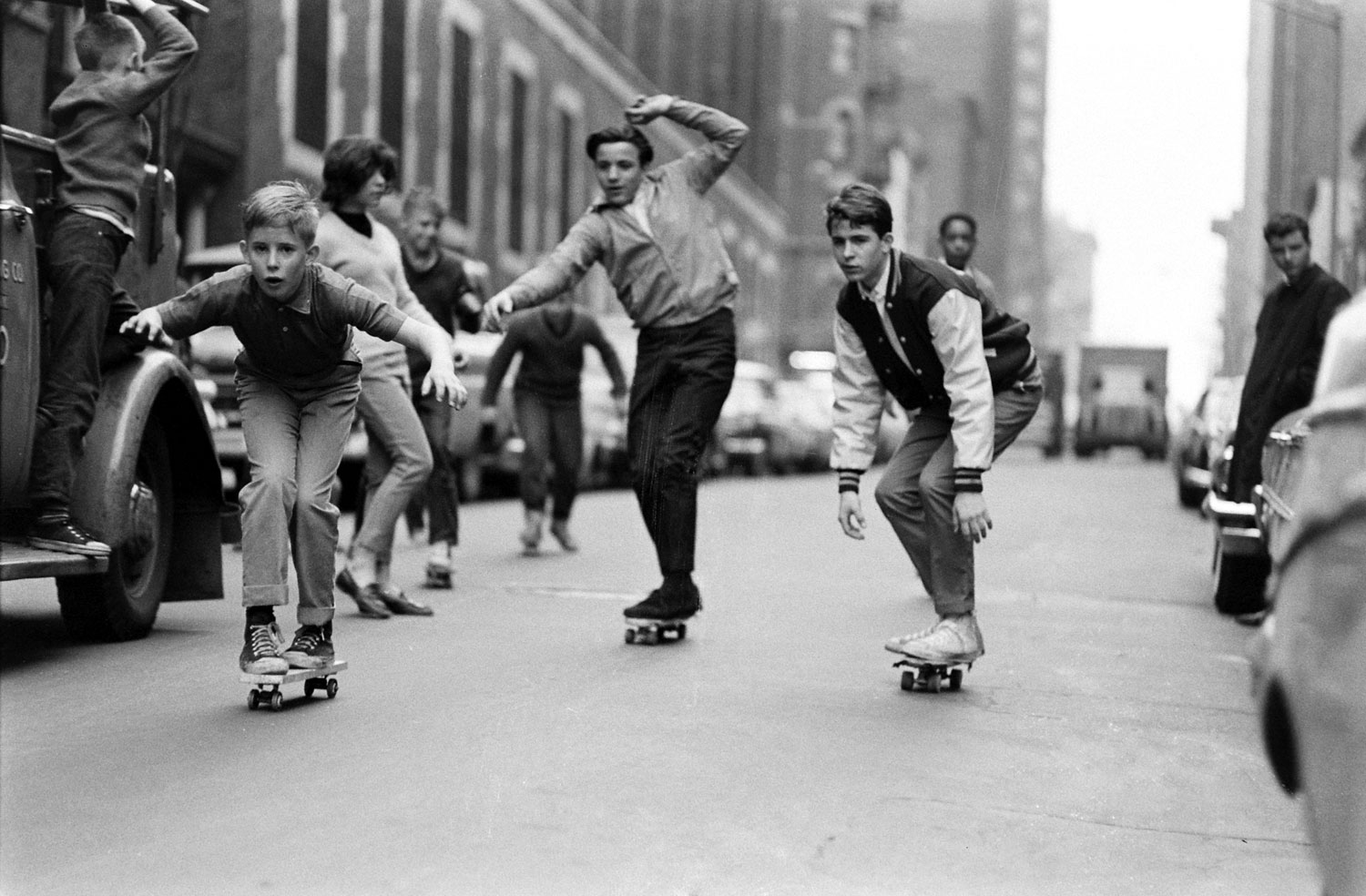

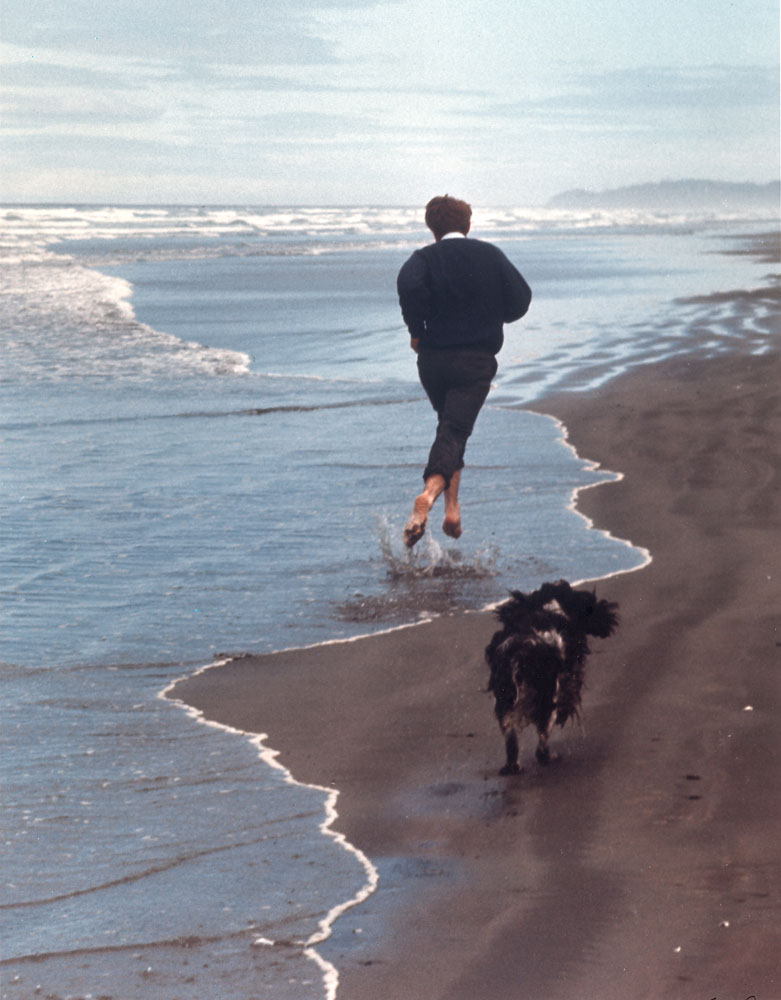
More Must-Reads from TIME
- Donald Trump Is TIME's 2024 Person of the Year
- Why We Chose Trump as Person of the Year
- Is Intermittent Fasting Good or Bad for You?
- The 100 Must-Read Books of 2024
- The 20 Best Christmas TV Episodes
- Column: If Optimism Feels Ridiculous Now, Try Hope
- The Future of Climate Action Is Trade Policy
- Merle Bombardieri Is Helping People Make the Baby Decision
Contact us at letters@time.com